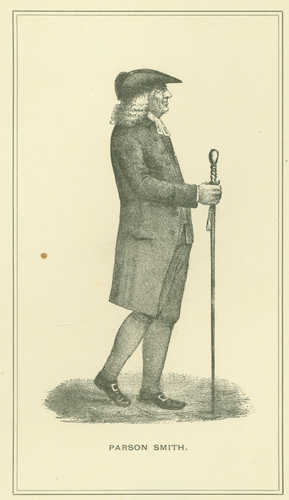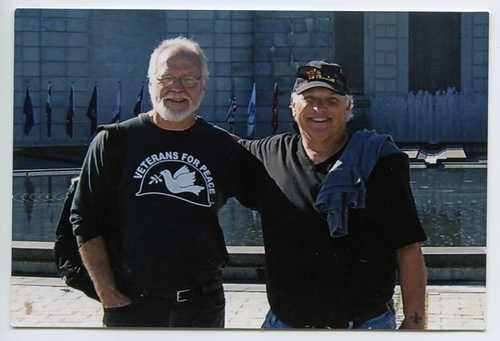Keywords: Maine Central
Item 80447
Maine Central Institute Class of 1890, Pittsfield
Contributed by: Maine Central Institute Date: 1890 Location: Pittsfield Media: Photographic print
Item 104209
Central Maine Fair flyer, Waterville, 1921
Contributed by: Maine Historical Society Date: 1921 Location: Waterville Media: Ink on paper
Item 86151
Owner in 1924: Central Wharf Proprietors
Item 86154
Storage, Central Wharf, Portland, 1924
Owner in 1924: Central Wharf Proprietors Use: Storage
Item 151329
Central Maine Power Company office, Brunswick, 1926
Contributed by: Maine Historical Society Date: 1926 Location: Brunswick Client: Central Maine Power Company Architect: John Calvin Stevens and John Howard Stevens Architects
Item 151330
Central Maine Power Co. sub station, Augusta, 1920
Contributed by: Maine Historical Society Date: 1920 Location: Augusta; Augusta Client: Central Maine Power Co. Architect: John Calvin Stevens and John Howard Stevens Architects
Exhibit
Walter Wyman's vision to capture the power of Maine's rivers to produce electricity led to the formation of Central Maine Power Co. and to a struggle within the state over what should happen to the power produced by the state's natural resources.
Exhibit
Maine's corn canning industry, as illuminated by the career of George S. Jewett, prospered between 1850 and 1950.
Site Page
Early Maine Photography - Human Interest
"… to Mary, Lucia, and Lizzie, three friends in the Central Maine town of Palmyra. Baker’s poignant inscription in pencil reads: "May 11, 1855…"
Site Page
Early Maine Photography - The Vickery-Shettleworth Collection
"… promise, and his parents sent him to the Maine Central Institute in Pittsfield, followed by Bates College, from which he graduated in 1940."
Story
Reverend Thomas Smith of First Parish Portland
by Kristina Minister, Ph.D.
Pastor, Physician, Real Estate Speculator, and Agent for Wabanaki Genocide
Story
How the first chapter Veterans for Peace was founded in Maine
by Doug Rawlings
Veterans for Peace was founded in Maine and is now an international movement
Lesson Plan
Longfellow Studies: "The Jewish Cemetery at Newport"
Grade Level: 6-8, 9-12
Content Area: English Language Arts, Social Studies
Longfellow's poem "The Jewish Cemetery at Newport" opens up the issue of the earliest history of the Jews in America, and the significant roles they played as businessmen and later benefactors to the greater community. The history of the building itself is notable in terms of early American architecture, its having been designed, apparently gratis, by the most noted architect of the day. Furthermore, the poem traces the history of Newport as kind of a microcosm of New England commercial cities before the industrialization boom. For almost any age student the poem could be used to open up interest in local cemeteries, which are almost always a wealth of curiousities and history. Longfellow and his friends enjoyed exploring cemeteries, and today our little local cemeteries can be used to teach little local histories and parts of the big picture as well.
Henry Wadsworth Longfellow visited the Jewish cemetery in Newport, RI on July 9, 1852. His popular poem about the site, published two years later, was certainly a sympathetic portrayal of the place and its people. In addition to Victorian romantic musings about the "Hebrews in their graves," Longfellow includes in this poem references to the historic persecution of the Jews, as well as very specific references to their religious practices.
Since the cemetery and the nearby synagogue were restored and protected with an infusion of funding just a couple years after Longfellow's visit, and later a congregation again assembled, his gloomy predictions about the place proved false (never mind the conclusion of the poem, "And the dead nations never rise again!"). Nevertheless, it is a fascinating poem, and an interesting window into the history of the nation's oldest extant synagogue.
Lesson Plan
Longfellow Studies: Integration of Longfellow's Poetry into American Studies
Grade Level: 9-12
Content Area: English Language Arts, Social Studies
We explored Longfellow's ability to express universality of human emotions/experiences while also looking at the patterns he articulated in history that are applicable well beyond his era. We attempted to link a number of Longfellow's poems with different eras in U.S. History and accompanying literature, so that the poems complemented the various units. With each poem, we want to explore the question: What is American identity?




















